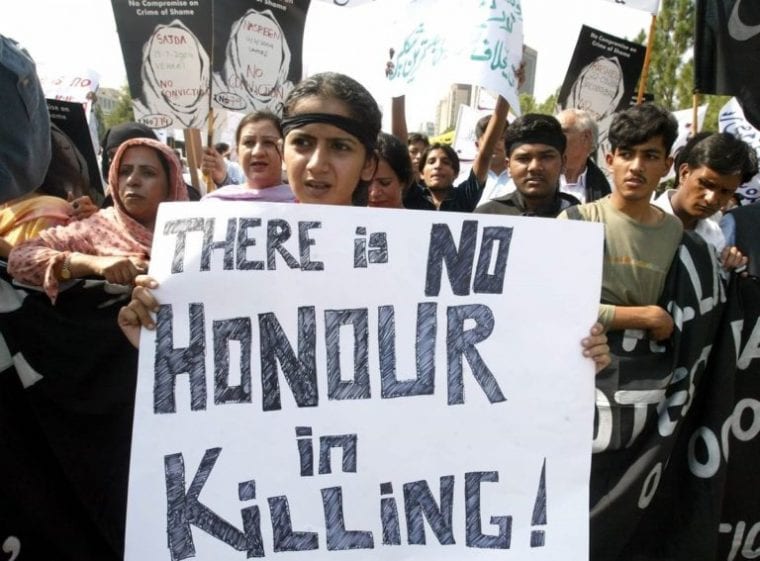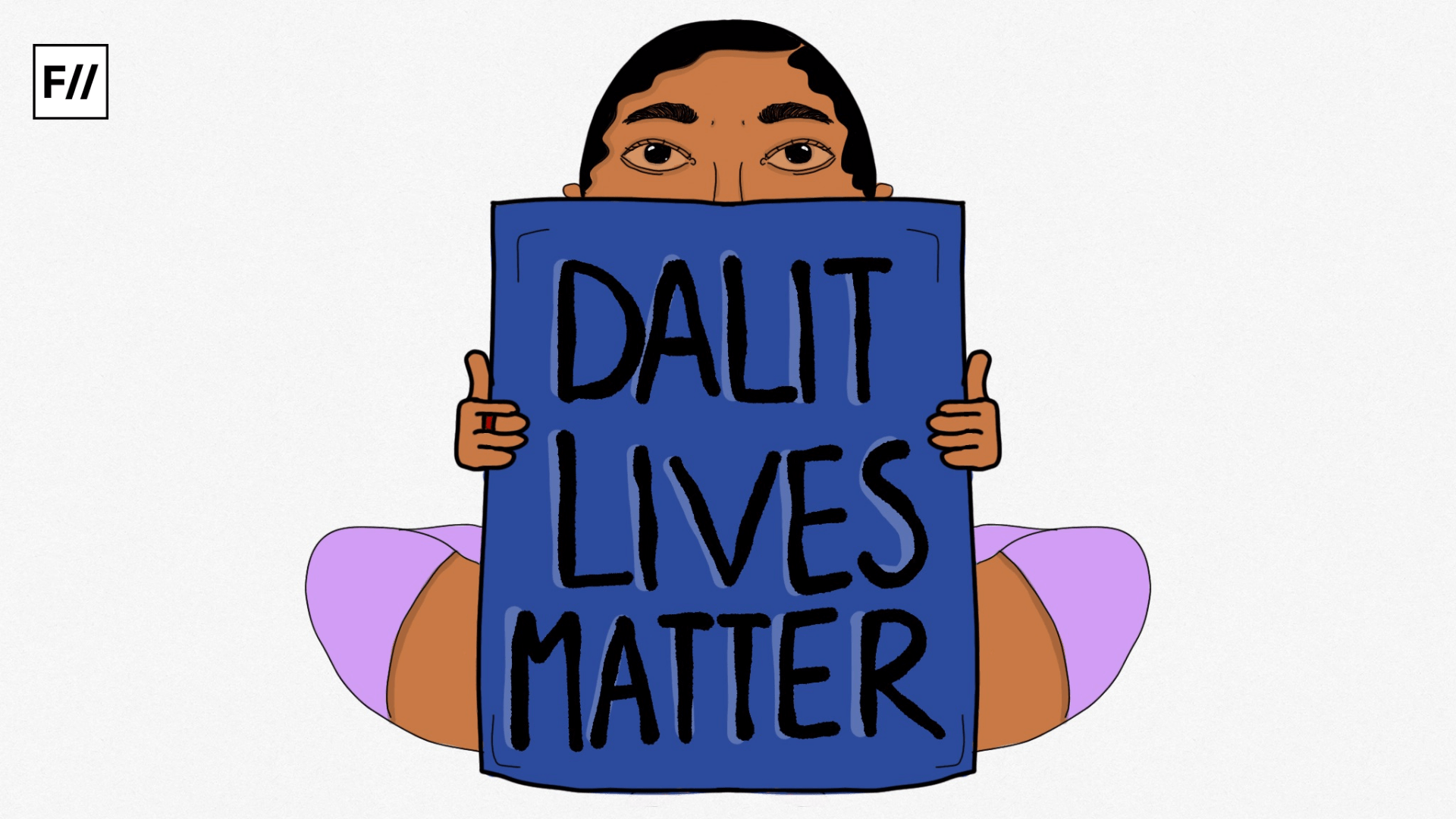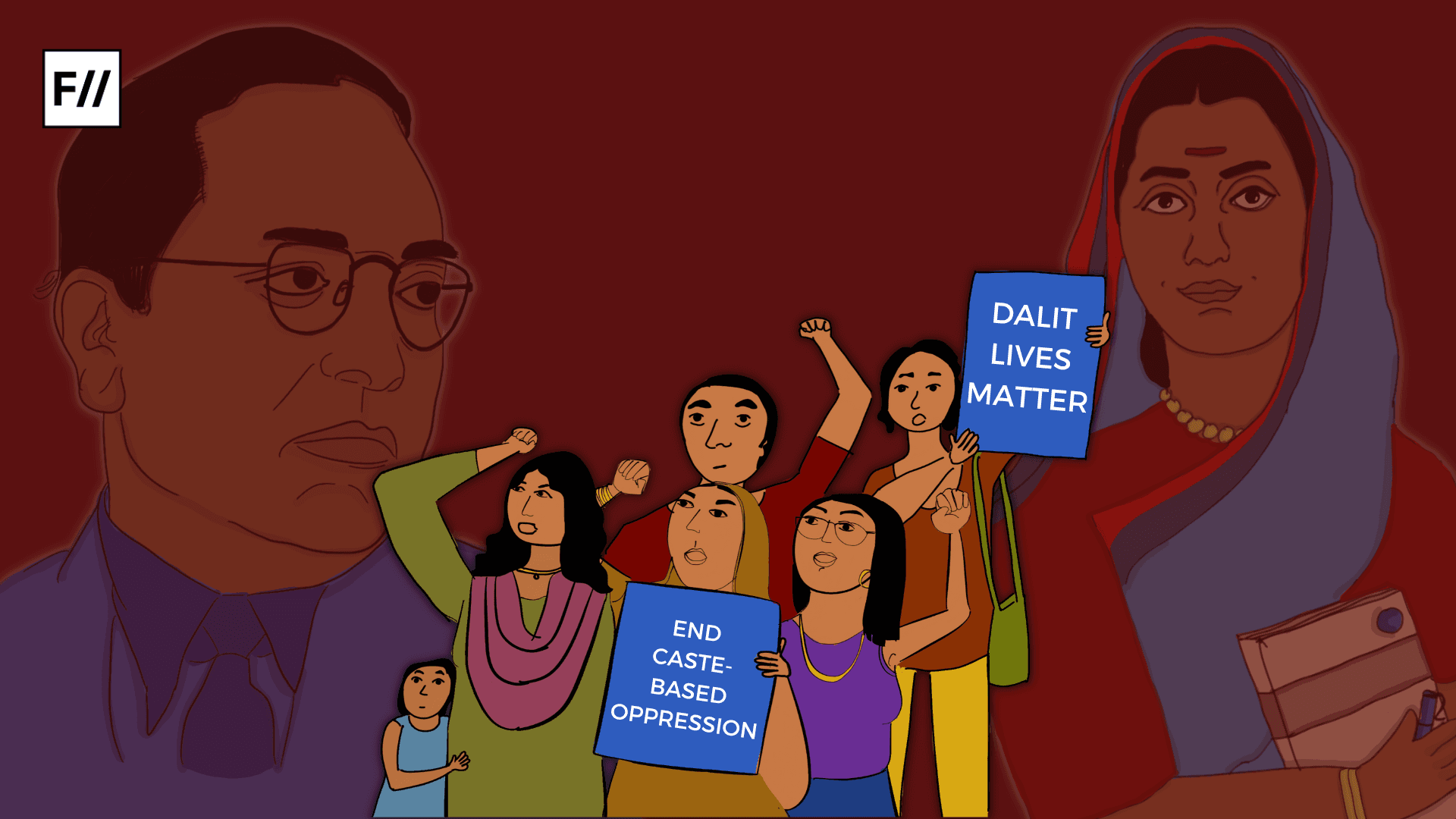The Dalit Human Rights Defenders Network (DHRDNet), in association with several other human rights organisations, published two research reports on the urgent need for legislation to curb honour crimes in India and the lapses in the implementation of the PoA Act. In India, the social relations of caste and gender with deeply internalised ideologies are linked to honour and safeguarded through the use of power.
The study aimed to create an enabling and supportive environment for the survivors in their fight for justice and provides recommendations through social, legal and policy measures. As a society, the patriarchal gender and honour of the caste community that is assigned at birth involve violence to restrict it and also against persons who do not conform to the heterosexual binary relationships, express gender non-conforming behaviours, or decide to live with partners of their choice. The intersection only makes it worse as there’s economic dependence and ownership of property as well.
The first section of this article decodes the sociological and cultural reasons that provide impunity for honour-based crimes in India. And the second section dealing with the effectiveness of the implementation of the PoA (Prevention of Atrocities) Act paints a grim albeit true picture concerning if the law is an answer when socialisation, ideology, and hatred are the cause.
Section I: Crimes in the name of honour: A national shame
The report Crimes in the name of Honour: A National Shame highlights the challenges faced by people from marginalised sections due to honour-based crimes. One of the ways a bill drafted by the ‘Network to Combat Crimes’ in collaboration with other organisations is progressive is the diction between honour killings and crimes that are based upon honour, also expanding what all honour entails. The states that are explored are Haryana, Gujarat, Madhya Pradesh, Tamil Nadu, Bihar, Rajasthan, Uttar Pradesh and Maharashtra along with harrowing testimonials from the survivors.

The study aimed to create an enabling and supportive environment for the survivors in their fight for justice and provides recommendations through social, legal and policy measures. As a society, the patriarchal gender and honour of the caste community that is assigned at birth involve violence to restrict it and also against persons who do not conform to the heterosexual binary relationships, express gender non-conforming behaviours, or decide to live with partners of their choice. The intersection only makes it worse as there’s economic dependence and ownership of property as well.
Also Read: Remembering And Honouring The Invincible Dalit Foremothers
‘Honour killing,’ is the killing of an individual or a couple to protect what is perceived to be ‘honour’. The ‘moral’ norms that encourage these crimes can be based on different social locations and there is no separate legislation on honour-based crimes in India. Currently, honour-based crimes (including, honour killings, intimidation, abetment to suicide, physical and psychological harm, etc.) fall under the existing provisions of the Indian Penal Code.
A landmark judgement came in Shakti Vahini vs Union of India, where the highest court enumerated “preventive, remedial and punitive measures placing accountability and responsibility upon the police administration to curb the menace of honour-based crimes.” There also have been some significant legislations, resolutions and conventions at the international level that strive to protect minorities from violence. Within India, Rajasthan has ‘Prohibition of Interference with the Freedom of Matrimonial Alliances in the Name of Honour and Tradition Bill, 2019,’ which has been critiqued in the report.
Although it has been highly debated whether an actual bill is required or not as a bill would also further criminalise minorities; at present, the bill that is under discussion is The Freedom of Marriage and Association and Prohibition of Crimes in the Name of ‘Honour’ Bill, 2022. Since 2012, there has been a push for legal intervention towards honour crimes, starting with a report from the Law Commission of India. The National Commission for Women also presented a draft Bill to the parliament based on the Law Commission of India’s report.

A landmark judgement came in Shakti Vahini vs Union of India, where the highest court enumerated “preventive, remedial and punitive measures placing accountability and responsibility upon the police administration to curb the menace of honour-based crimes.” There also have been some significant legislations, resolutions and conventions at the international level that strive to protect minorities from violence. Within India, Rajasthan has ‘Prohibition of Interference with the Freedom of Matrimonial Alliances in the Name of Honour and Tradition Bill, 2019,’ which has been critiqued in the report.
Among the recommendations in the report, they hinge on three aspects – preventive measures, protective and rehabilitative measures, and redressal mechanisms. The preventive aspect deals with education and awareness around gender, caste-based violence, and discrimination. The protective aspect is centred around building safe houses, victim protection and support from NGOs for legal aid and other support in dealing with police and the system. The last aspect deals with the need for a law along with provisions like mental health services, trauma counselling, etc.
Some laws like The Special Marriage Act require simplification so that people who marry based on choice have it easier for legal recognition, and also prevent false charges from the family or the community. With ever-increasing dialogues for legal intervention, the lack of data has come up as a constant hurdle. The National Crime Records Bureau severely underreported honour-based crimes (possibly due to lack of any law) and honour killing cases compared to the cases that were brought up in the media. The state has to take cognizance of honour crimes and help people who decide to marry based on choice (be it inter-caste, inter-faith, or same-sex) from the violent culture of community violence, and consultations with survivors, policymakers, NGOs and other actors play a crucial role.
Section II: Research report on the implementation of the SC/ST prevention of atrocities act
Another crucial status report published by DHRDNet in association with the Human Rights Law Network (HRLN) and the National Council of Women Leaders (NCWL) is the report on Implementation of Scheduled Castes and Scheduled Tribes (Prevention of Atrocities) Act 1985 and Rules 1995. The report provides a historical context that led to the formation of the law, shedding light on the extent caste-based violence is a part of the everyday lived experiences of minorities.

Post an amendment in 2015 to the PoA Act, the number of atrocities stood at 47, yet based on data, crimes still rose. The amendment also established the rights of victims and witnesses along with institutional strengthening. The report, on the other hand, highlights the still-existing judicial and executive lapses and the inadequate implementation of the SC/ST PoA Act. The report analyses how the use of RTIs was difficult as there were incomplete responses, no adequate responses, arbitrary exemptions and rejections, and unending transfers of RTIs to sub-divisions. It didn’t help that the Supreme Court in 2018 issued guidelines to prevent misuse of the act even though crimes still continued.
The objectives include studying the performance of monitoring and implementation mechanisms, the performance of designated courts, and the performance of police in terms of outcome-related indicators. Chapter I Contours of Atrocities primarily uses data from the National Crime Records Bureau. Fig. 1 details crimes committed against the SC/ST communities based on NCRB data.
Chapter II Access to Justice looks into the hurdles faced while approaching the police, ranging from difficulties in registering the crimes, trusting the police, filing the chargesheet, police reporting false crimes instead, time taken in filing a report, arresting the accused, role of investigator, and lack of sensitisation of police (a brief section deals with what does the police thinks of the act as they’re among the major enforcer).
Following a similar outline, Chapter III exposes the hurdles faced at courts. It looks in detail at the conviction rate, the effectiveness of special courts, and cases being dragged with specific analysis of data from multiple states. The penultimate Chapter IV analyses the relief and compensation with delays in an already insufficient compensation being a major issue, and the closing chapter dives into the recommendations for the effective implementation of the act.
There is a failure in the functioning of the Executive or the Special Courts as well since cases remain pending for over four years on average in states like Madhya Pradesh, the conviction rate still remains abysmally low, and non-atrocity cases are prioritised, defeating the very purpose of setting up the courts. The rate of receiving compensation is also very low, planned meetings of monitoring committees also don’t take place, and legal aid has been largely ineffective to deal with untouchability, discrimination and atrocities.
As per the data, the crimes against the SC communities have increased by 177.6% between 1991 and 2001, and by 111.2% for the ST communities with violent crimes rape and murders (especially against SC/ST women) also increased significantly between 2017 and 2021. They clearly differentiate that the increment in crimes is not linked to the growth in population. The report critiques the data from the state as many atrocity prone districts have not been identified; in fact, zero districts were identified as “atrocity-prone” in the state of Uttar Pradesh. Many crimes committed under the act are reported as either “false” or “mistake of law or civil dispute,” pointing towards the incompetence of the system and the lack of sensitivity to deal with such crimes. The conviction rate is a mere 1/3rd of crimes reported leading to conviction, with violent crimes having a conviction rate of 50%.

There is a failure in the functioning of the Executive or the Special Courts as well since cases remain pending for over four years on average in states like Madhya Pradesh, the conviction rate still remains abysmally low, and non-atrocity cases are prioritised, defeating the very purpose of setting up the courts. The rate of receiving compensation is also very low, planned meetings of monitoring committees also don’t take place, and legal aid has been largely ineffective to deal with untouchability, discrimination and atrocities.
Also Read: Dalit Women Journalists’ Resistance Against The Caste Bias & Discrimination
The general recommendations for effective implementation of the PoA Act to ensure the protection of SC/ST minorities from discrimination and caste-based violence are within the areas of data collection and monitoring, police/department of home, judiciary, rights of victims and witnesses, and structures to oversee the implementation of the act. A separate section deals with recommendations for the police as well as the courts, along with state-level mechanisms, district monitoring committees, sub-divisional monitoring committees, and the role of the centre.





How can you post comments on the telegram chat group?